Home>Gardening & Outdoor>Landscaping Ideas>When Does Grass Start Dying
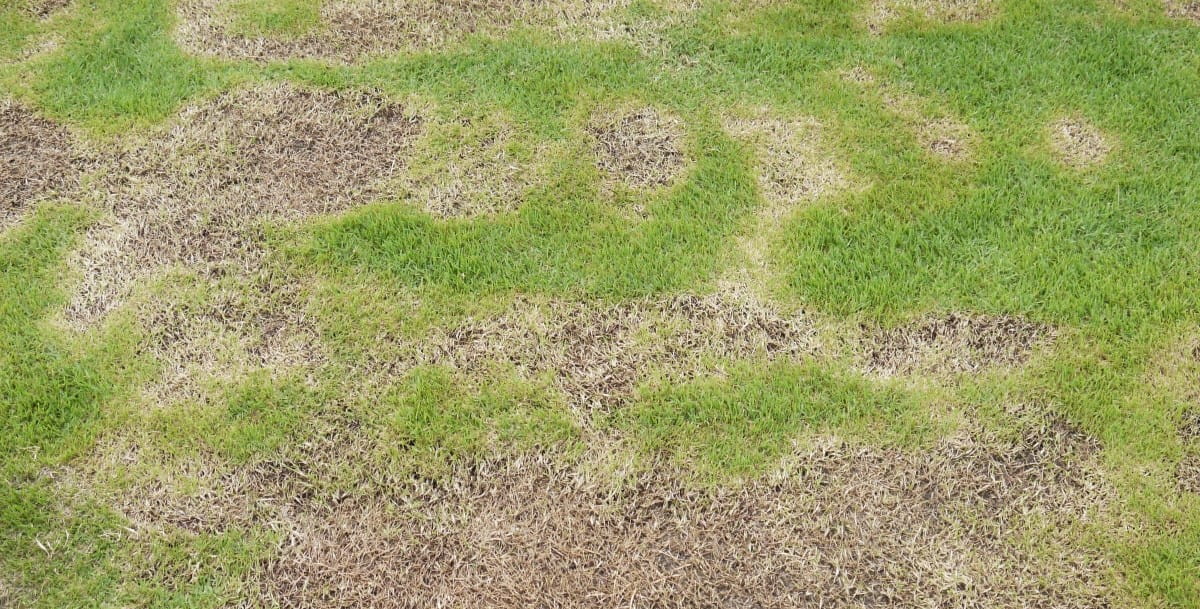

Landscaping Ideas
When Does Grass Start Dying
Published: January 28, 2024
Learn the signs of grass dying and get expert landscaping ideas to revive your lawn. Discover when and how to save your grass with our helpful tips.
(Many of the links in this article redirect to a specific reviewed product. Your purchase of these products through affiliate links helps to generate commission for Storables.com, at no extra cost. Learn more)
Introduction
Landscaping is an art form that can transform any outdoor space into a breathtaking oasis. A lush, green lawn is often the centerpiece of a well-manicured landscape, providing a soft carpet for outdoor activities and enhancing the overall beauty of a property. However, maintaining a healthy lawn requires knowledge and effort, as various factors can impact the vitality of grass. Understanding when and why grass starts to die is crucial for preserving its health and appearance.
In this article, we will delve into the factors that affect the health of grass, explore the signs indicating that grass is dying, and discuss effective strategies for reviving dying grass. By gaining insight into these aspects, you will be better equipped to nurture and sustain a vibrant, thriving lawn that enhances the allure of your outdoor space.
Key Takeaways:
- Grass health is influenced by climate, soil quality, watering, maintenance, pests, and foot traffic. Understanding these factors is crucial for maintaining a vibrant and resilient lawn.
- Signs of dying grass include discoloration, thinning, weakening growth, pest activity, disease symptoms, and shallow roots. By recognizing these signs, you can take timely action to revive your lawn.
Read more: When Does Annual Ryegrass Die
Factors Affecting Grass Health
Grass health is influenced by a multitude of factors, each playing a significant role in determining the overall vitality of your lawn. Understanding these factors is essential for maintaining a lush and vibrant expanse of grass.
1. Climate and Weather Conditions: The climate of a region, including temperature, humidity, and precipitation, directly impacts the health of grass. While some grass species thrive in cooler climates, others are better suited to warmer environments. Additionally, excessive heat, drought, or prolonged periods of rain can stress grass and lead to its decline.
2. Soil Quality: The composition and pH level of the soil profoundly affect grass health. Soil that is compacted, lacking in essential nutrients, or overly acidic can hinder the growth and development of grass. Regular soil testing and appropriate amendments are crucial for creating an optimal environment for healthy grass growth.
3. Watering Practices: Both inadequate and excessive watering can detrimentally impact grass health. Insufficient watering can result in drought stress and browning of the grass, while overwatering can lead to root rot and fungal diseases. Proper watering techniques, such as deep and infrequent watering, are vital for sustaining healthy grass.
4. Lawn Maintenance: Mowing, fertilizing, and aerating are integral aspects of lawn care that directly influence the health of grass. Improper mowing heights, overuse of fertilizers, and neglecting aeration can weaken grass and make it more susceptible to diseases and pests.
5. Pest and Disease Infestations: Insect pests and diseases can wreak havoc on grass, causing discoloration, thinning, and ultimately, death. Identifying and addressing pest and disease issues promptly is essential for safeguarding the health of your lawn.
6. Foot Traffic and Use: High levels of foot traffic and frequent use of the lawn can lead to compaction of the soil and wear and tear on the grass, resulting in thinning and browning. Implementing strategies to minimize compaction and protect the grass from excessive wear is crucial for maintaining its health.
By recognizing and addressing these factors, you can proactively promote the well-being of your grass, ensuring that it remains vibrant and resilient in the face of various environmental stressors.
Signs of Grass Dying
Recognizing the signs of grass that is in distress is essential for taking timely action to address underlying issues and prevent further deterioration. By being attentive to the following indicators, you can identify when grass is in a state of decline:
- Discoloration: One of the primary signs of dying grass is a change in color. Healthy grass typically exhibits a vibrant green hue, while dying grass may appear yellow, brown, or even grayish in patches. Discoloration often signifies stress due to factors such as inadequate watering, nutrient deficiencies, or pest damage.
- Thinning and Bare Patches: Dying grass tends to thin out, resulting in the formation of bare patches across the lawn. This can be a result of compaction, excessive foot traffic, or underlying soil and nutrient issues. Identifying and addressing the root cause of thinning grass is crucial for promoting recovery.
- Weakening Growth: When grass is in a state of decline, its growth may slow down, and new shoots may appear weak and spindly. This can be attributed to nutrient deficiencies, compacted soil, or inadequate sunlight reaching the grass due to overhanging vegetation or structures.
- Pest Activity: The presence of pests such as grubs, chinch bugs, or armyworms can cause significant damage to grass, leading to its decline. Signs of pest activity include irregular patches of thin or discolored grass, as well as the observation of pests themselves upon close inspection.
- Disease Symptoms: Fungal diseases and other lawn ailments can manifest as discolored or distorted patches of grass, often accompanied by the presence of fungal growth or unusual lesions on the grass blades. Identifying specific disease symptoms is crucial for implementing targeted treatment measures.
- Root Shallowing: Healthy grass typically develops deep and extensive root systems, anchoring it firmly in the soil and enabling efficient uptake of water and nutrients. Dying grass may exhibit shallow or weakened root systems, indicating underlying stressors that need to be addressed to promote recovery.
By remaining observant and attuned to these signs, you can promptly intervene to address the underlying issues and implement appropriate measures to revive dying grass, restoring the lushness and vibrancy of your lawn.
Grass starts dying when it is not getting enough water, sunlight, or nutrients. To keep your grass healthy, make sure to water it regularly, provide enough sunlight, and fertilize as needed.
Ways to Revive Dying Grass
Reviving dying grass requires a multifaceted approach that addresses the underlying causes of decline while implementing targeted interventions to promote recovery and rejuvenation. By employing the following strategies, you can effectively breathe new life into your lawn:
- Adjust Watering Practices: Evaluate your watering routine and ensure that the grass receives adequate moisture without being overwatered. Deep, infrequent watering is often recommended to encourage deep root growth and resilience.
- Soil Testing and Amendment: Conduct a comprehensive soil test to assess nutrient levels, pH balance, and soil composition. Based on the results, amend the soil as needed with appropriate fertilizers, lime to adjust pH, or organic matter to improve soil structure.
- Aeration: Compacted soil can hinder the health of grass by impeding root growth and nutrient uptake. Aerating the lawn using core aerators or other suitable tools can alleviate compaction and enhance soil aeration, promoting healthier grass growth.
- Overseeding: Introducing new grass seed to existing lawn areas can help fill in bare patches and revitalize the overall density and lushness of the grass. Select high-quality grass seed that is well-suited to your specific climate and growing conditions.
- Proper Mowing Techniques: Adjust your mowing practices to ensure that the grass is maintained at an appropriate height for its species. Avoid cutting more than one-third of the grass blade length at a time, as excessively short mowing can stress the grass and impede its recovery.
- Pest and Disease Management: Identify and address any pest infestations or disease issues affecting the grass. Implement targeted pest control measures and, if necessary, apply fungicides or other appropriate treatments to combat lawn diseases.
- Appropriate Fertilization: Utilize balanced fertilizers with the appropriate ratios of nitrogen, phosphorus, and potassium to provide essential nutrients for grass health. Avoid overfertilization, as this can harm the grass and exacerbate its decline.
- Minimize Traffic and Compaction: Implement measures to reduce excessive foot traffic on the lawn, such as creating designated pathways or play areas. Additionally, consider installing stepping stones or other landscaping features to minimize compaction in high-traffic areas.
By combining these approaches and tailoring them to address the specific needs of your lawn, you can effectively revive dying grass and foster its resurgence, ultimately restoring the beauty and vitality of your outdoor space.
Conclusion
Caring for your grass and preserving its health is a rewarding endeavor that enhances the beauty and functionality of your outdoor environment. By understanding the factors that impact grass health, recognizing the signs of grass in distress, and implementing effective strategies for revival, you can nurture a vibrant and resilient lawn that serves as a captivating focal point of your landscape.
As you tend to your grass, remember that proactive maintenance and attentive care are key to sustaining its vitality. Regular observation, timely interventions, and a tailored approach to addressing specific lawn care needs will contribute to the long-term health and lushness of your grass.
Embracing the art of landscaping and the nurturing of natural beauty, you play a vital role in creating an inviting and harmonious outdoor space that enriches your daily life and provides a welcoming haven for family and friends.
By incorporating these insights into your lawn care practices, you can embark on a journey of cultivating a thriving and resplendent lawn, where the vibrant green expanse becomes a source of joy and rejuvenation for all who encounter it.
Frequently Asked Questions about When Does Grass Start Dying
Was this page helpful?
At Storables.com, we guarantee accurate and reliable information. Our content, validated by Expert Board Contributors, is crafted following stringent Editorial Policies. We're committed to providing you with well-researched, expert-backed insights for all your informational needs.
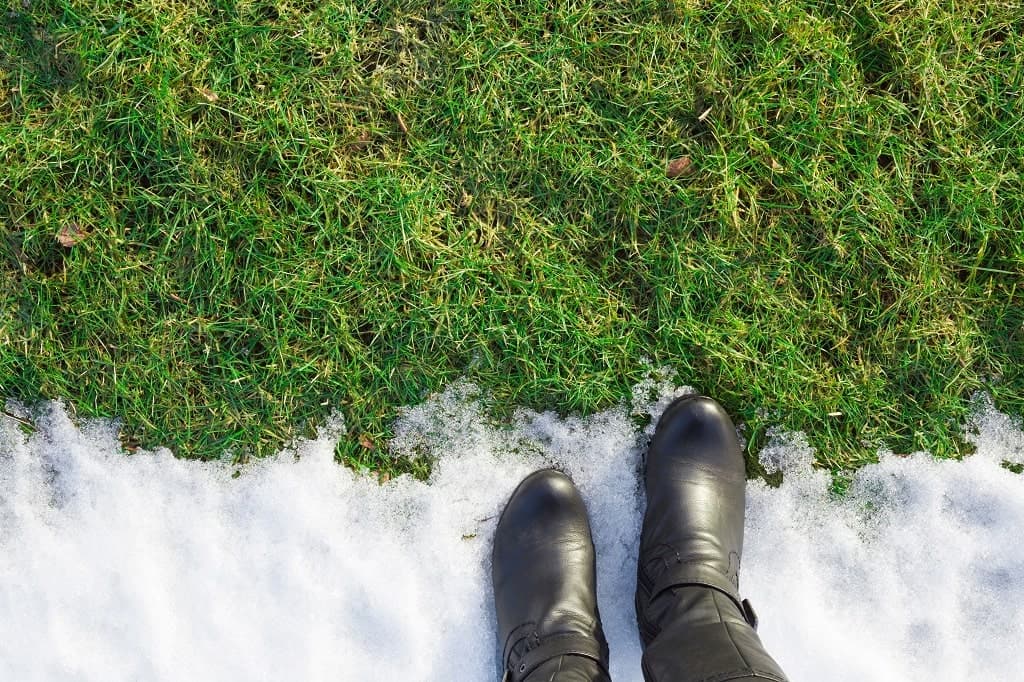
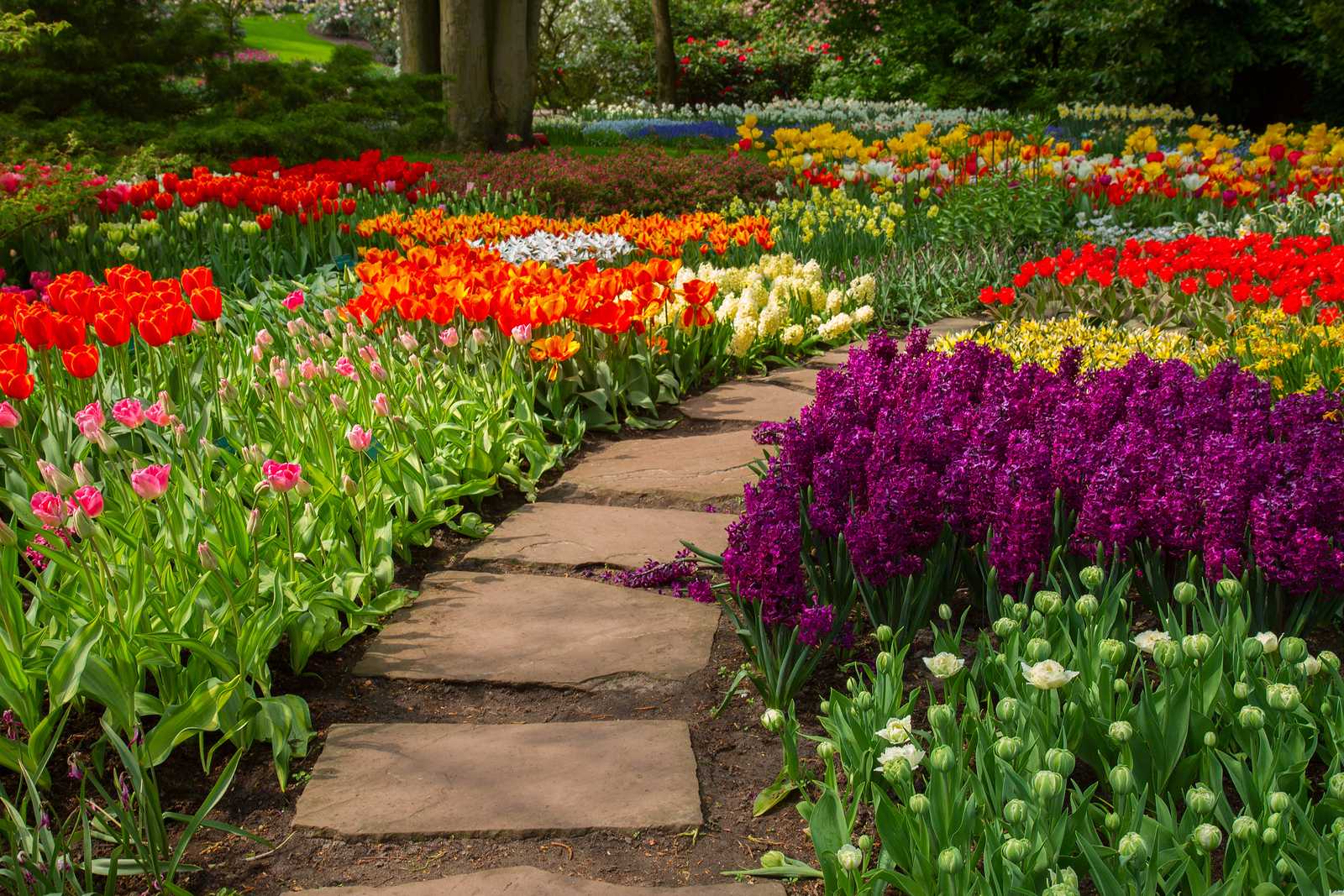
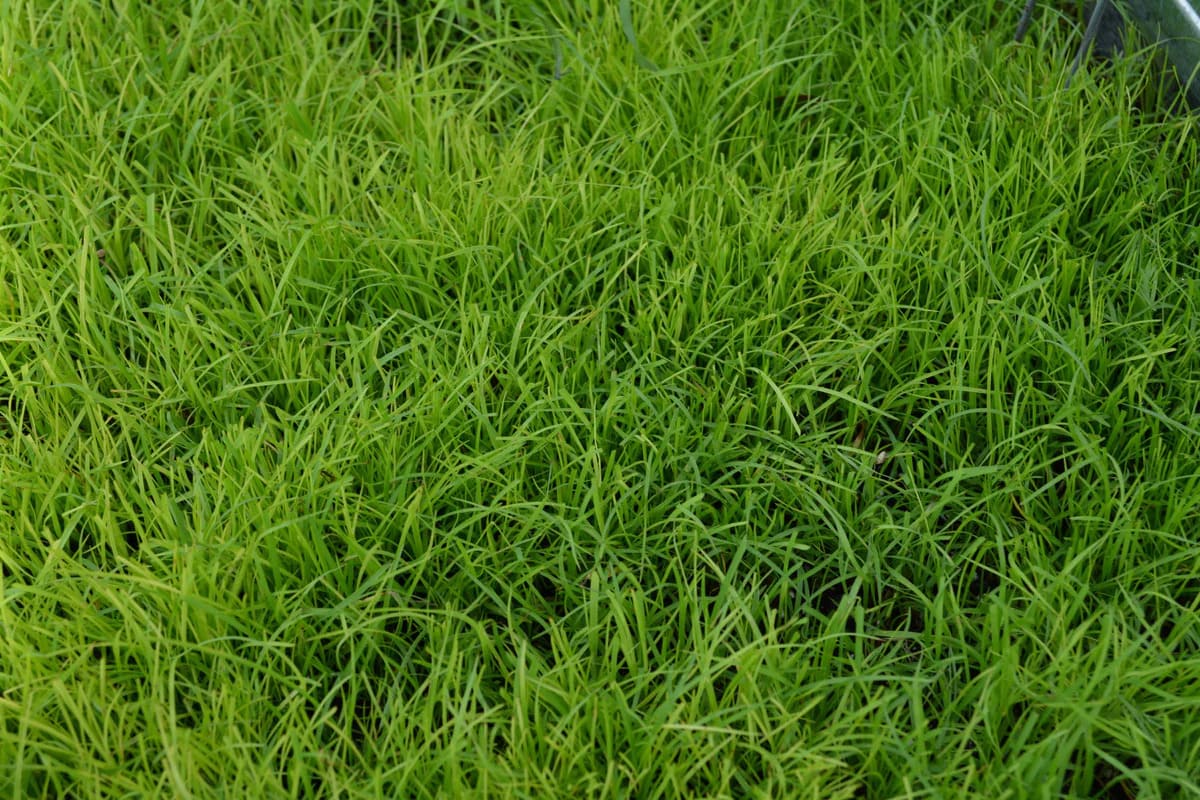
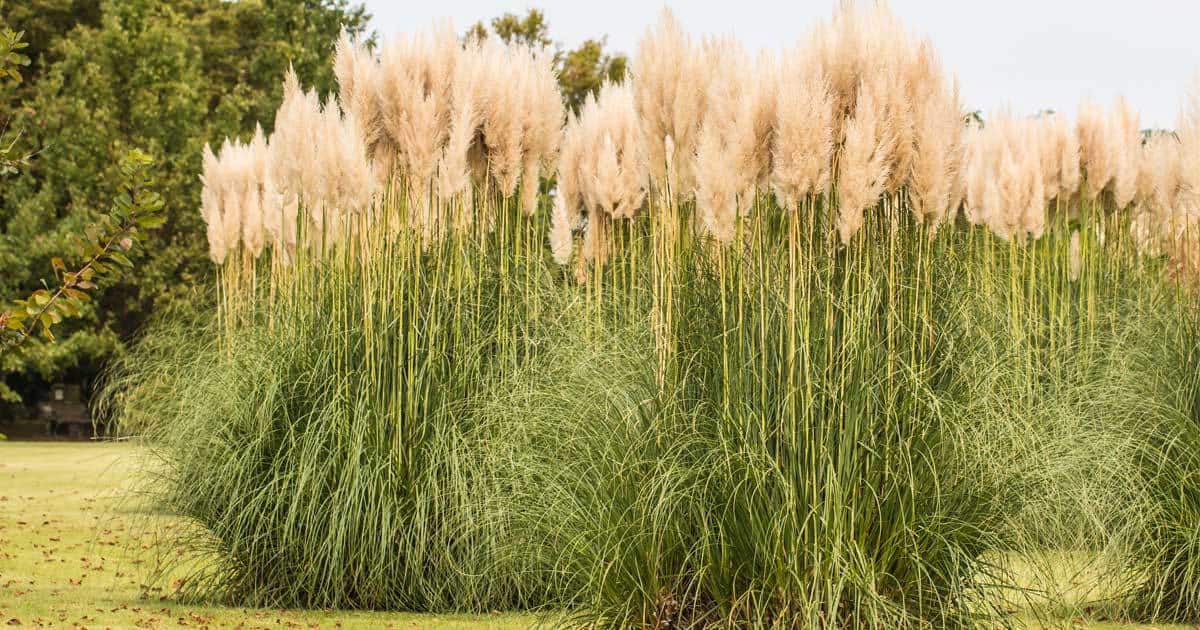
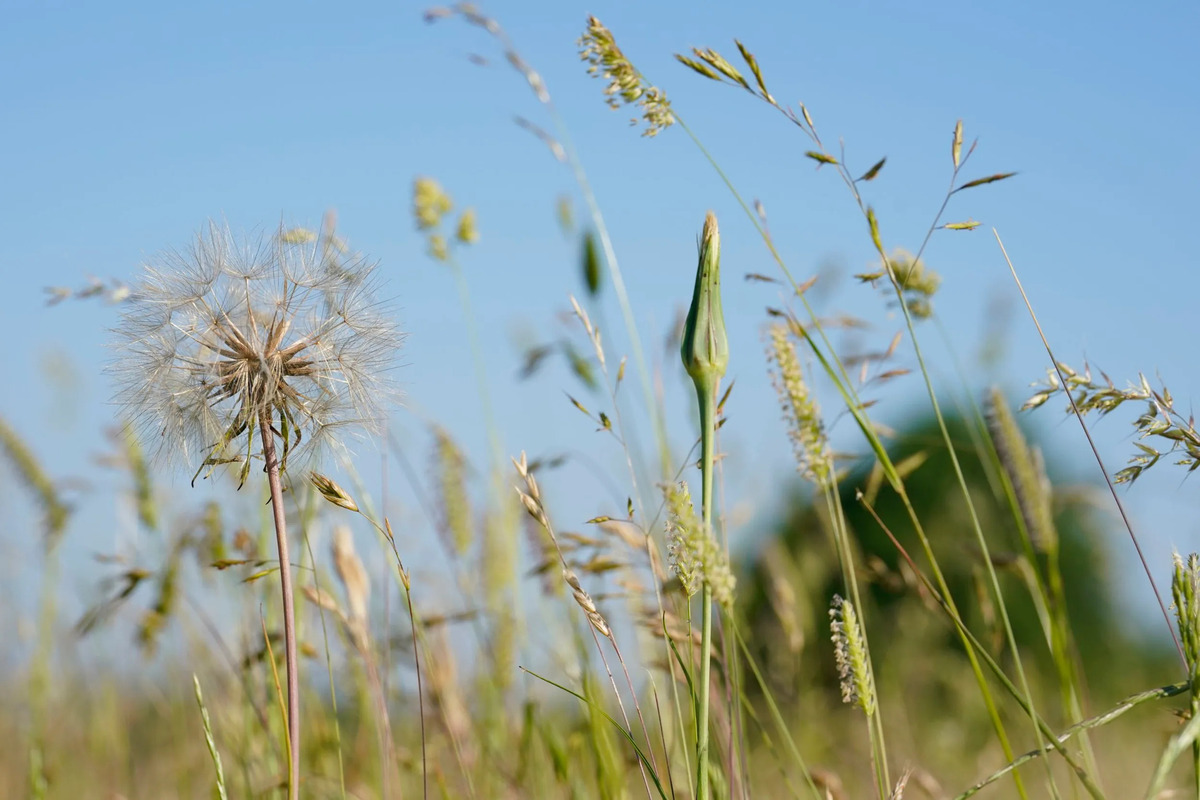

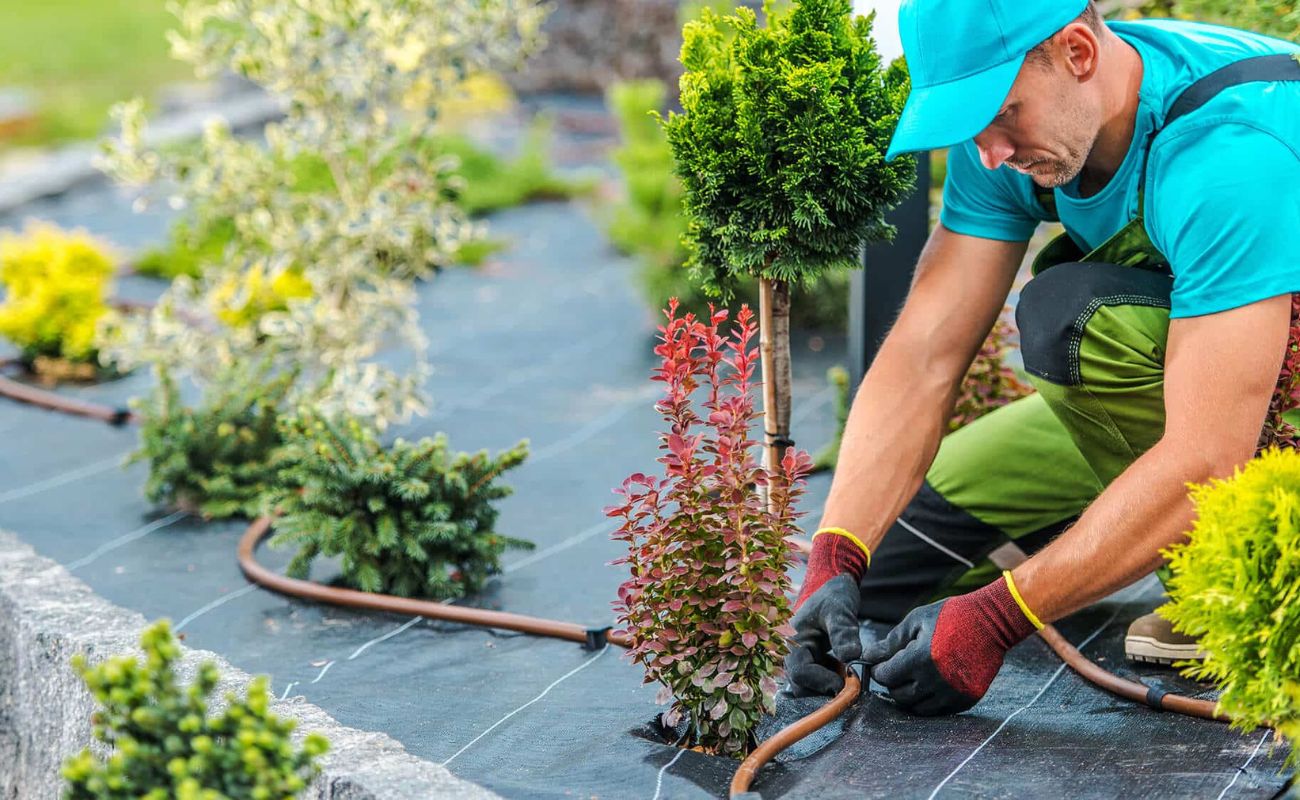
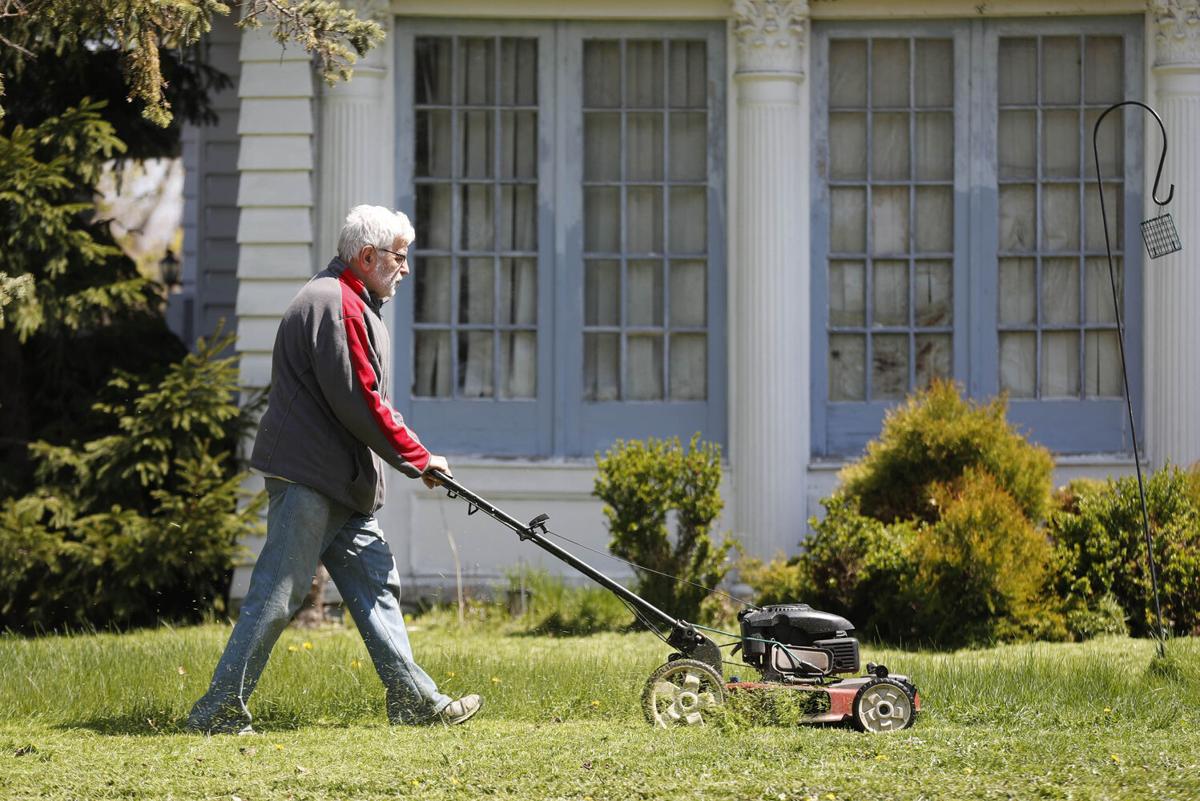
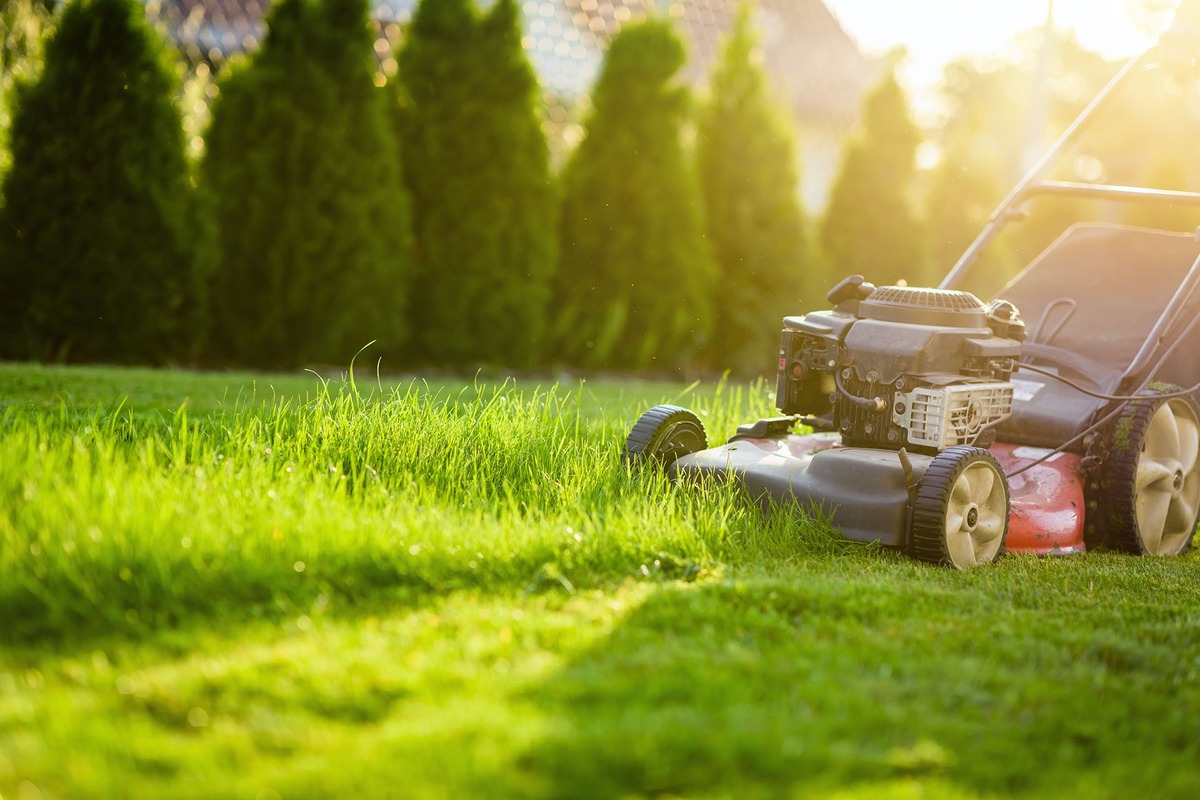
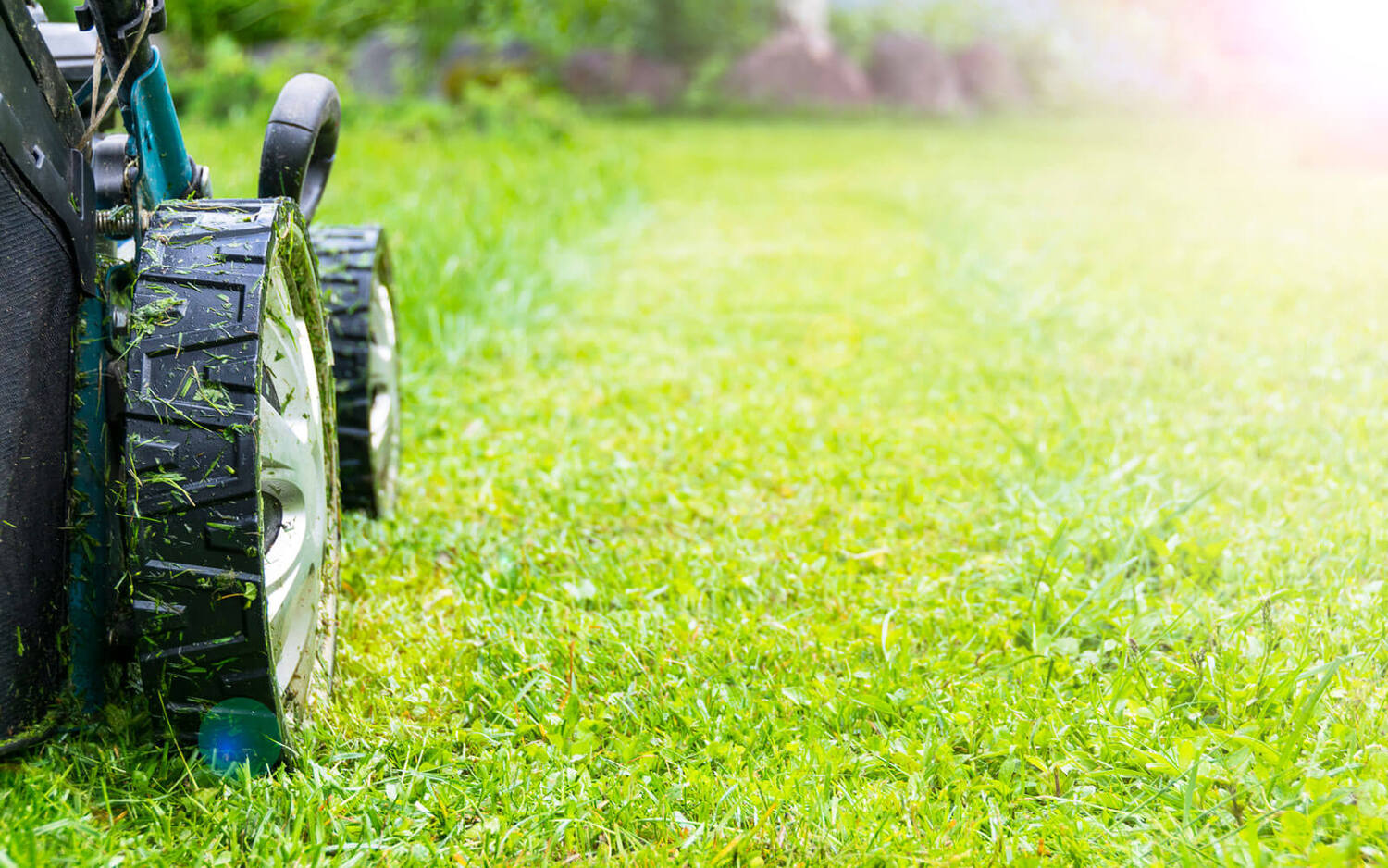
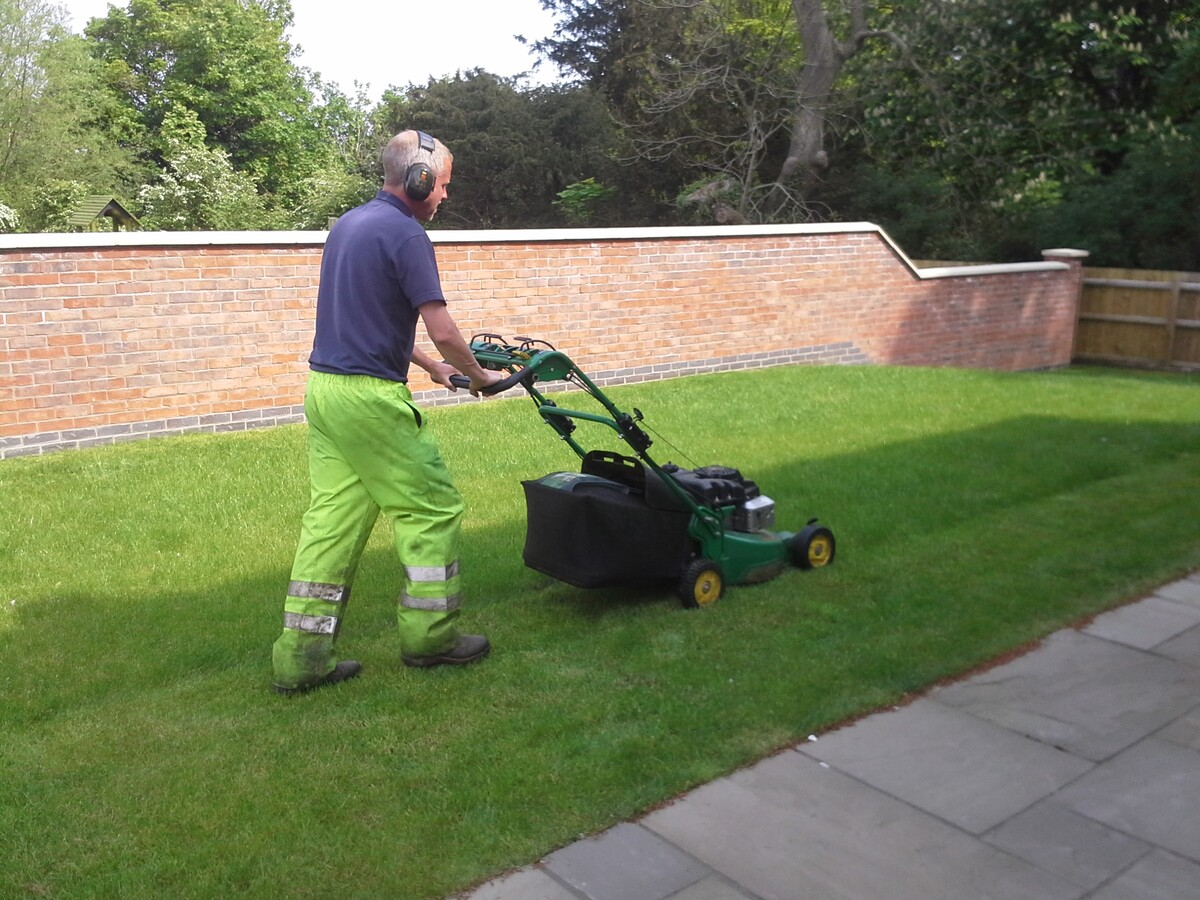
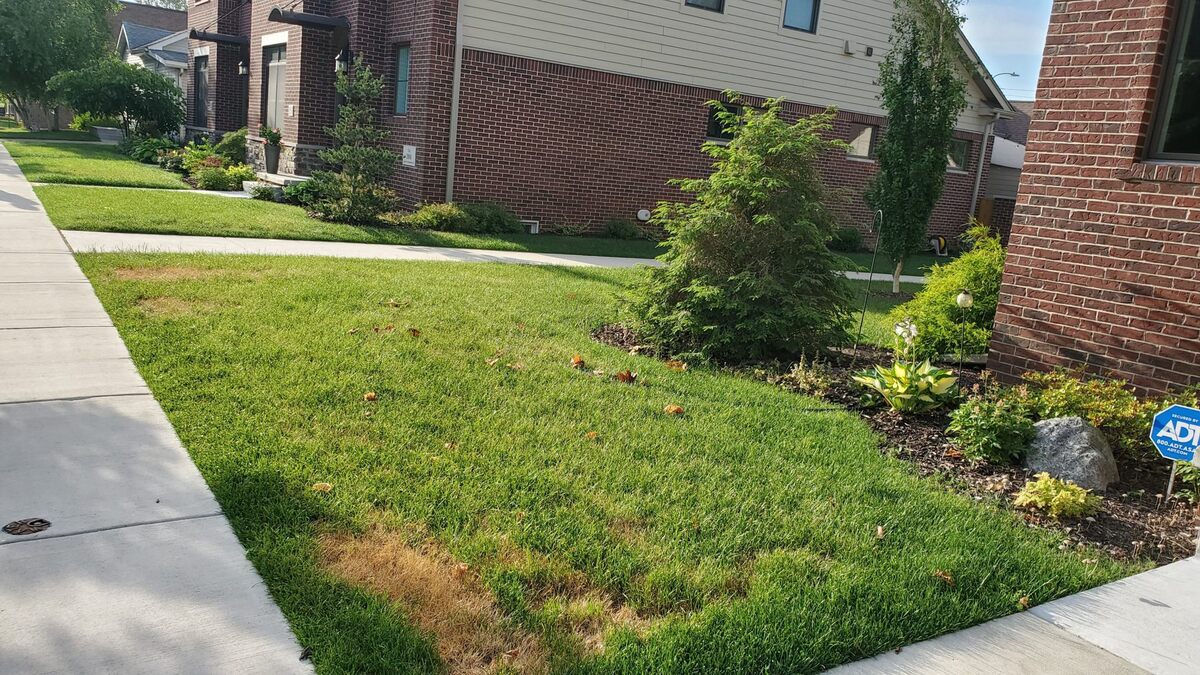
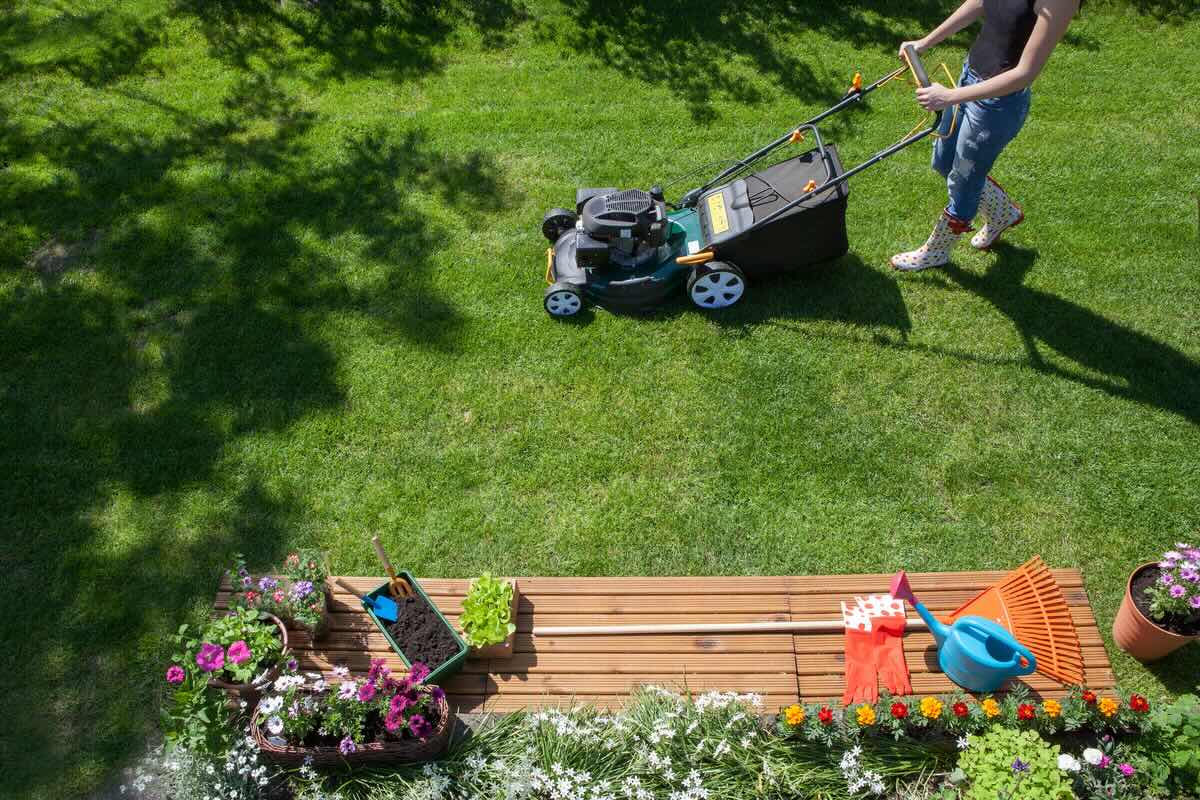
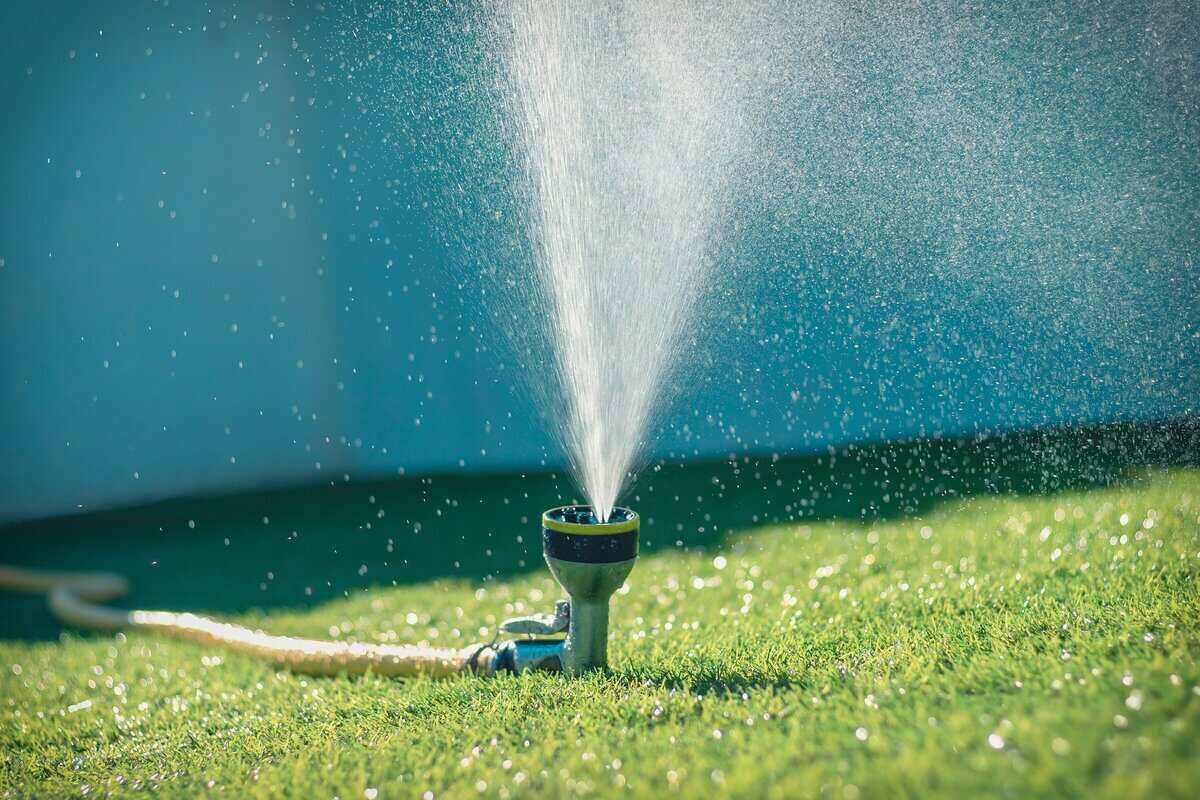
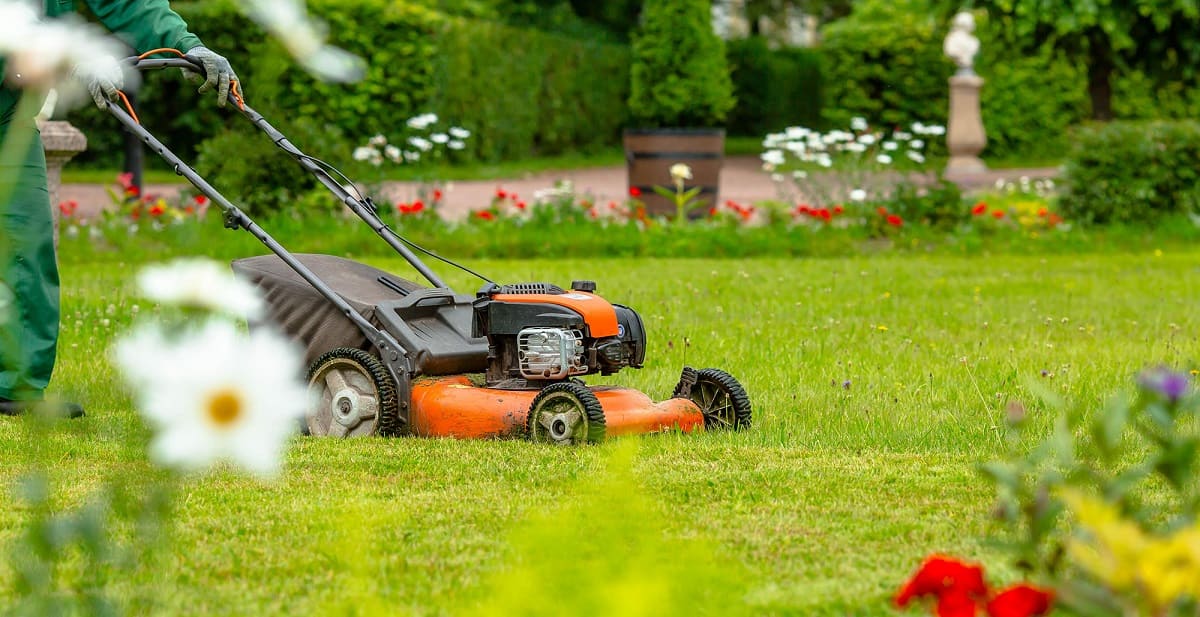

0 thoughts on “When Does Grass Start Dying”